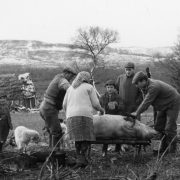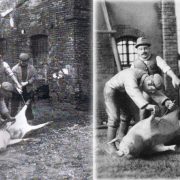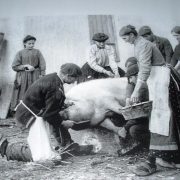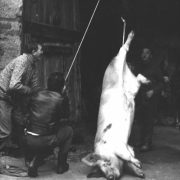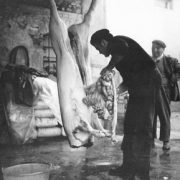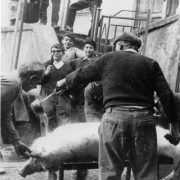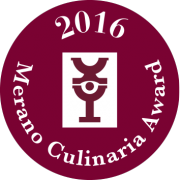DAS ABRUZZESE SALAMI UND DAS ABRUZZO’S GESCHNITTENE FLEISCH TRADITION IN JAHRHUNDERTEN
The pig tradition has ancient roots in Abruzzo with several literary testimonies that confirm it.
Basilio Cascella, through his works, documented and handed down, between the end of the XVIII century, the centrality of the pig in the urban spaces of the Abruzzi cities, underlining the ancient function of the pig as ‚welcomed as an integral parrt of the family‘.
Boccaccio’s ‚Decameron‘, five centuries ago, pointed out to Frate Cipolla that „in the land of Abruzzi, men and females go to on the mountains, covering the pigs of their bushes and making the pork in the guts“.
Testimonials about the spread of Sausage production in Abruzzo are in the Ancient Chapters of the Lanciano City Book (1592), which would suggest the existence of more „Buccieri“ and „Pizzicaroli“ shops.
Pigs were present in almost all households, as it were a precious and almost primary source of meat: the lard (used in the soups to replace the oil), ham and shoulder were consumed only rare and important occasions, Sausages and salami constituted the „breakfast“ of farm workers. Through their tasty meats, pigs in forms of tasty and typical salami guaranteed an important food reserve throughout the year.
Traditions wanted pigs being purchased at country fairs or farm fairs at the beginning of June: the choice of the breeding season was linked to the increased availability of farm products for animal feed, especially cereals, mais and other grains, beans, acorns and apples in the autumn.
The „Pig killing ritual“ took place on the first cold winters, usually January, during the waning moon, a during a period between Christmas holidays and January 17, St. Anthony’s day, the animal protector. The killing of the pig, the cutting of meat and the subsequent preparations were real collective rituals, convivial moments involving relatives and friends performed by singing and dancing.
Many dishes were prepared with fresh meat (many are consumed also in our days): cif and ciaf, pieces of fried pork meat with garlic and sweet pepper dried.Other musts of the „pig killing ritual“ were the polenta eaten with pork stew, the broth with the head, ribs and meat sausage and braised liver.
These pork traditions still living in the South part of Italy, including Abruzzo, Basilicata, Campania and Calabria.
In particular in Abruzzo many ancient processing techniques survives and the result is the first class quality of the meat products: in this perfect tradition, our Aquila salami, with the typical flat shape, is the quintessence of Abruzzese Salami, prepared with freshly and denervated (long process and onerous process) pig meat, with fine grain and seasoned with ground white pepper and black pepper in grains.
It is produced in a natural casing that gives a delicate taste and flavor. The size avaible are two: 250 or 450 grams.
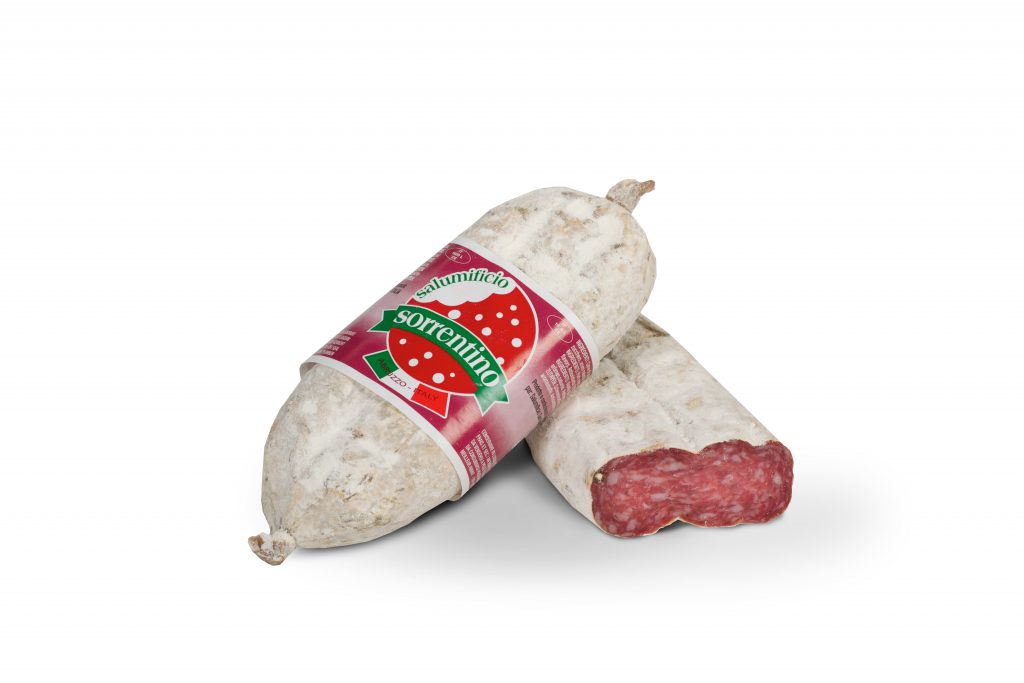
Our Aquila Salami was the winner of the „Abruzzo Quality Award 2016“ as the best Abruzzo salami as well as the Red Award at the Merano Wine Festival plus a best Salami Award at Gluten Free Expo 2016 in Rimini.
It’s an incredible product, with is lovable, intense and delicate taste: it gives its best with a good glass of red wine.
So, if you are interested in traditions and handicrafts Abruzzo is definitely your place: here ancient traditions have survived, often with the same production techniques handed down from generation to generation.
Is in this context that Salumificio Sorrentino works since Grandfather ‚Nonno Marino‘ era, preserving the craftsmanship and peasant philosophy to produce the real and typical Abruzzi salami we export all around the World.

Nonno Marino e l’azienda storica (1982)







